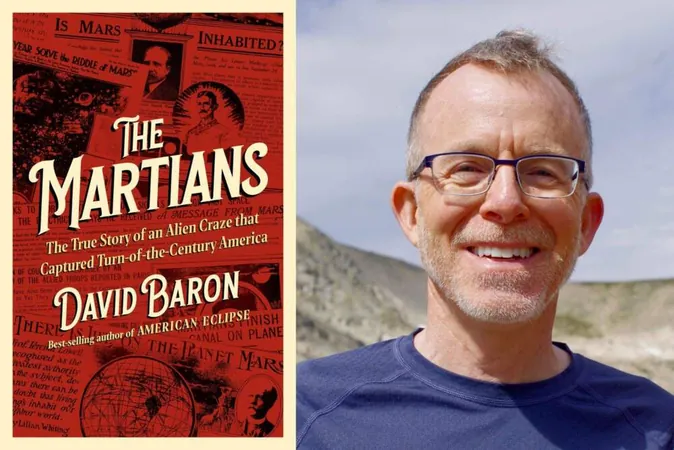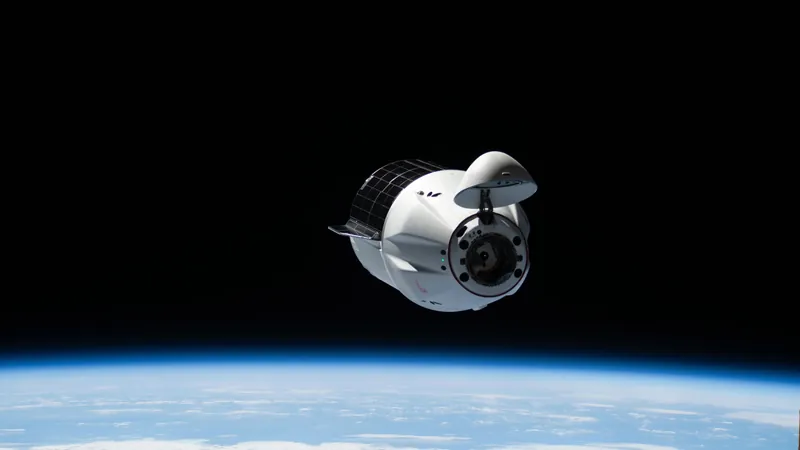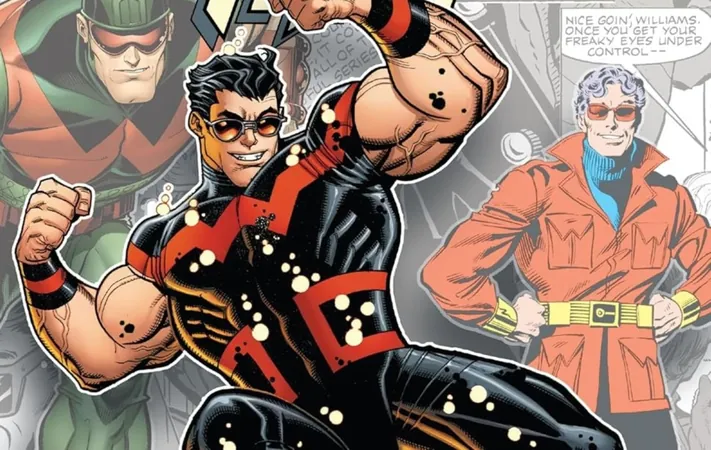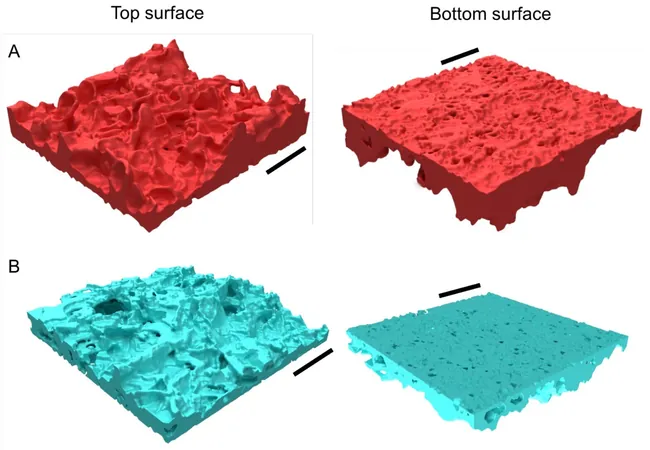
Unraveling Mars Mania: David Baron’s Exploration of the Martian Craze
2025-09-02
Author: Liam
The Fascination Begins
In 1906, the sensational headline from the New York Times boldly declared, 'There is life on the planet Mars.' This explosive claim stemmed from the fervent beliefs of Percival Lowell, a visionary professor convinced that Mars was home to a network of irrigation canals built by an intelligent but dying civilization.
A Nation Captivated
Lowell's ideas drew crowds into lecture halls as he passionately spoke of imminent communication with Martians. While some scientists dismissed his claims as mere optical illusions, the public was swept into a frenzy of excitement, so much so that orchestras composed a lively two-step called 'A Signal from Mars,' encapsulating the nation’s electrifying anticipation.
David Baron Takes Us Back in Time
In his compelling book, 'Martians: The True Story of an Alien Craze That Captured Turn-of-the-Century America,' science writer David Baron examines this cultural phenomenon. He reflects, 'Mars has a unique place in our imagination, representing adventure and mystery.' His exploration into the past reveals the genesis of our enduring fascination with the Red Planet.
The Birth of a Craze
So what ignited this Martian obsession? In 1877, Italian astronomer Giovanni Schiaparelli reported seeing strange straight lines on Mars, which he called 'canali'—a term that was mistranslated as canals. Initially met with skepticism, the concept evolved into a widely accepted notion, wrapping itself around humanity's desperate need for hope amid waning religious beliefs.
Percival Lowell: The Martian Proponent
Lowell, hailing from a prominent family that founded Lowell, Massachusetts, channeled his resources into establishing the Lowell Observatory in Arizona. He theorized that Mars, as an ancient yet dying world, contained irrigation canals essential for the survival of its civilization. His claims gained traction, painting a picture of superior Martians who could serve as our guardians.
The Inflated Hopes of Humanity
The notion of advanced Martians sparked hope, offering a sense of purpose. Contrary to H.G. Wells' ominous portrayal in 'The War of the Worlds', the public envisioned Martians as benevolent figures watching over Earth, fueling their dreams of companionship and celestial salvation.
The Crumbling of the Martian Myth
However, the glamorous illusion began to unravel in 1909 when astronomer Eugène Antoniadi, originally a canal enthusiast, failed to find the fabled canals during a telescopic observation. This led to growing doubts about their existence, gradually extinguishing the fervor surrounding Mars.
Reflections on Belief and Skepticism
Baron draws parallels to today’s world, noting how widespread misconceptions persist on issues like vaccines and climate change. He warns, 'We must remain wary of our biases, as people can easily cling to beliefs that resonate with them while dismissing evidence to the contrary.'
A Legacy That Shaped Tomorrow
Following Lowell's death in 1916, the truth about Martians had firmly taken root. Yet, even as the idea crumbled, Lowell’s legacy sparked an interest in space exploration that persisted through time. Notably, scientists like Robert H. Goddard, inspired by the Martian tales, devoted themselves to rocket science, paving the way for modern space travel and perhaps, the eventual colonization of Mars.
Conclusion: The Enduring Allure of Mars
Baron’s investigation into this curious chapter in American history reveals how the fantasies surrounding Mars not only influenced literature and culture but also laid the groundwork for the eventual exploration of our celestial neighbor. Mars continues to ignite our curiosity, making us wonder not just about what lies beyond, but what makes us human.









 Brasil (PT)
Brasil (PT)
 Canada (EN)
Canada (EN)
 Chile (ES)
Chile (ES)
 Česko (CS)
Česko (CS)
 대한민국 (KO)
대한민국 (KO)
 España (ES)
España (ES)
 France (FR)
France (FR)
 Hong Kong (EN)
Hong Kong (EN)
 Italia (IT)
Italia (IT)
 日本 (JA)
日本 (JA)
 Magyarország (HU)
Magyarország (HU)
 Norge (NO)
Norge (NO)
 Polska (PL)
Polska (PL)
 Schweiz (DE)
Schweiz (DE)
 Singapore (EN)
Singapore (EN)
 Sverige (SV)
Sverige (SV)
 Suomi (FI)
Suomi (FI)
 Türkiye (TR)
Türkiye (TR)
 الإمارات العربية المتحدة (AR)
الإمارات العربية المتحدة (AR)